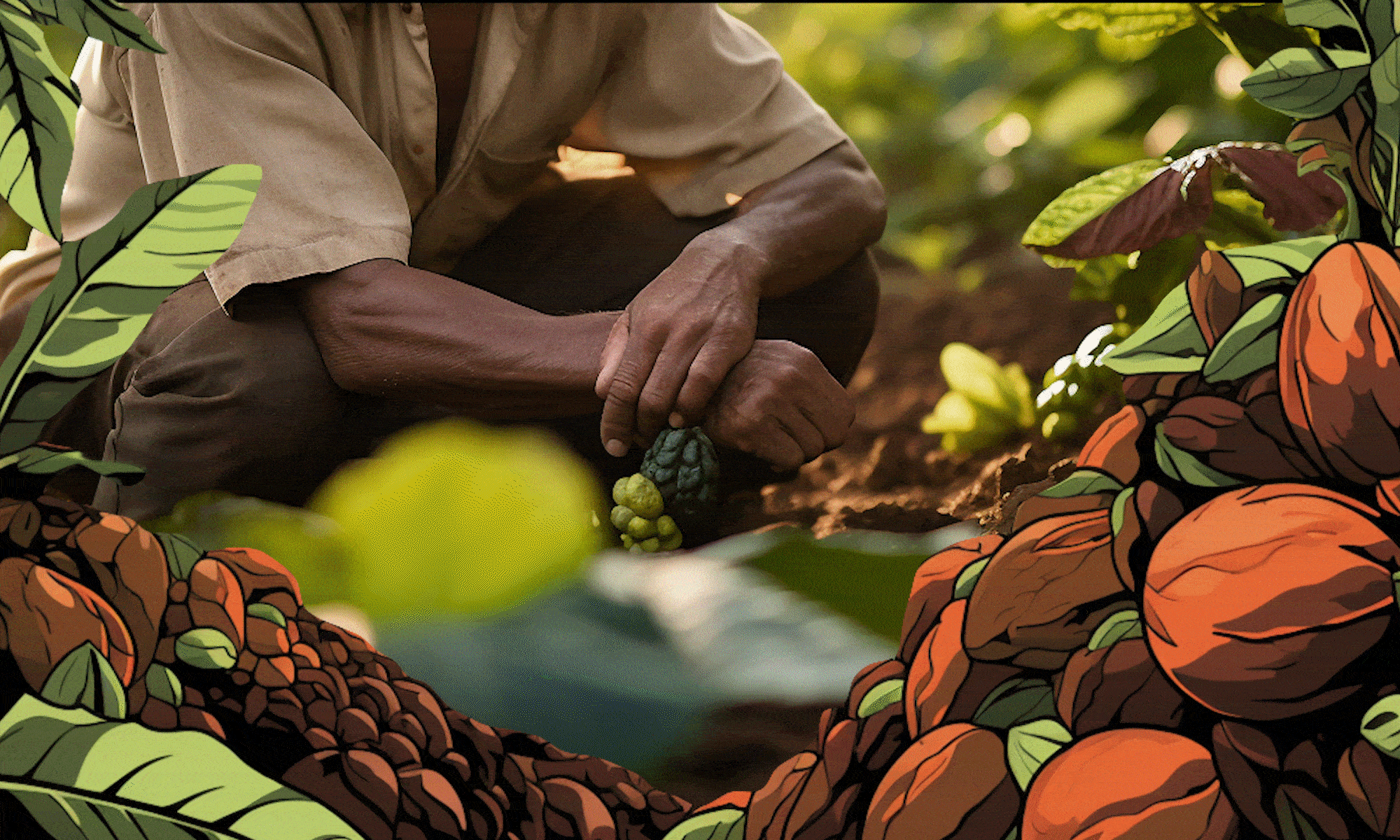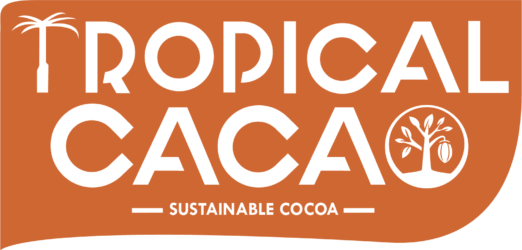The cacao industry is undergoing a massive transformation, and it’s all thanks to cutting-edge innovations that are revolutionizing how we grow, process, and enjoy cacao. From high-tech farming tools to new ways of improving crop yields, cacao farming is entering a new era of efficiency and sustainability. In this article, we’ll dive into the exciting technologies and trends shaping the future of cacao farming. Get ready to see how innovation is driving a more prosperous and sustainable cacao industry.
The Evolution of Cacao Farming: From Traditional to Tech-Savvy
Cacao farming has traditionally been an industry focused on manual labor and time-honored practices, passed down through generations. While these methods have served the industry well, they’re no longer enough to meet the growing demand for cacao. With emerging technologies and innovative farming techniques, cacao farming is becoming more advanced, efficient, and profitable. Here’s a look at how new tools and strategies are changing the game.
- Smart Farming: Precision at Its Best
Precision farming is one of the most exciting trends in cacao agriculture. This method uses data-driven technologies to optimize farm management. By leveraging sensors, drones, and real-time analytics, cacao farmers can make better, more informed decisions about their crops.
How It Works: Smart sensors collect real-time data on soil conditions, weather patterns, and plant health, allowing farmers to adjust their practices accordingly. Drones can be used to monitor vast fields and check on the health of individual cacao trees from above.
Why It Matters: By using technology to monitor every aspect of cacao farming, farmers can minimize waste, boost productivity, and increase yields—helping them maximize profits while reducing environmental impact.
- Drones: The Eyes in the Sky
Drones have become an invaluable tool for cacao farmers looking to improve their crop monitoring. These unmanned aerial vehicles can fly over cacao plantations, taking high-resolution images of the crops and pinpointing areas that need attention.
How It Works: Drones are equipped with multispectral cameras that capture images in different wavelengths, helping farmers assess plant health, detect pest infestations, and identify nutrient deficiencies.
Why It Matters: Drones save farmers time and money by enabling them to inspect large areas quickly and efficiently, ensuring that any problems are addressed before they become major issues.
- Blockchain: A Transparent Supply Chain
In the cacao industry, transparency is key to ensuring that farmers are paid fairly and consumers are getting high-quality products. Blockchain technology is helping to create a more transparent and traceable cacao supply chain.
How It Works: Blockchain allows farmers, buyers, and consumers to track the journey of cacao beans from farm to factory. Every step, from harvest to processing, is recorded in a secure and immutable ledger.
Why It Matters: By using blockchain, cacao farmers can prove that their beans are ethically sourced, while buyers can ensure they’re supporting fair trade practices. This fosters trust throughout the supply chain, benefiting everyone involved.
- Agroforestry: Growing More Than Just Cacao
Agroforestry is a farming practice that combines cacao with other crops and trees to create a more diverse and resilient farm ecosystem. By planting cacao alongside fruit trees, shade trees, or even coffee, farmers can improve biodiversity, enhance soil health, and increase their income streams.
How It Works: In agroforestry systems, cacao trees grow alongside other vegetation that helps protect them from the elements, improves soil fertility, and provides additional sources of income.
Why It Matters: Agroforestry creates a sustainable farming system that works with nature, improving environmental outcomes and providing farmers with a diversified source of income.
- Gene Editing: The Future of Disease Resistance
One of the biggest challenges cacao farmers face is the threat of diseases like black pod and cacao swollen shoot virus. Traditional methods of controlling these diseases often rely on pesticides, but gene editing is offering a new way forward.
How It Works: Gene editing technologies like CRISPR are being used to develop cacao trees that are naturally resistant to pests and diseases, reducing the need for harmful chemicals.
Why It Matters: With disease-resistant cacao varieties, farmers can protect their crops and reduce crop losses, leading to higher yields and better-quality cacao beans.
- Sustainable Practices: A Step Toward a Greener Future
Sustainability is a major focus in the cacao industry, and farmers are embracing a range of eco-friendly practices to minimize their environmental impact. From efficient water management to organic farming techniques, there are plenty of ways to make cacao farming more sustainable.
How It Works: Techniques like drip irrigation, composting, and crop rotation help conserve resources, improve soil health, and reduce the carbon footprint of cacao production.
Why It Matters: Sustainable cacao farming not only helps the planet but also makes farming more profitable by improving soil fertility and ensuring that cacao farms remain productive for the long term.
- Vertical Integration: From Farm to Chocolate Bar
More cacao farmers are taking control of the entire production process by getting involved in the chocolate-making side of the industry. Vertical integration allows farmers to process their cacao beans and even create their own chocolate brands.
How It Works: By owning the entire supply chain, from growing cacao to producing chocolate, farmers can capture more value from their product and reduce their reliance on middlemen.
Why It Matters: Vertical integration allows farmers to increase their profits and build a direct relationship with consumers, cutting out the traditional supply chain and boosting their bottom line.
Conclusion: A Brighter, More Profitable Future for Cacao Farmers
Thanks to technological advancements and innovative farming practices, the future of cacao farming looks brighter than ever. From drones and precision agriculture to blockchain and gene editing, the industry is embracing new tools that improve efficiency, boost productivity, and increase sustainability. These innovations are not only helping farmers increase their profits but are also driving the cacao industry toward a more sustainable and transparent future.
At Tropical Cacao, we’re committed to supporting the growth of a modern, tech-savvy cacao industry. Whether you’re a cacao farmer, chocolate producer, or consumer, embracing innovation will ensure that the future of cacao farming remains prosperous and sustainable for generations to come.
Explore more about how Tropical Cacao is leading the way in this exciting revolution at Tropical Cacao.

